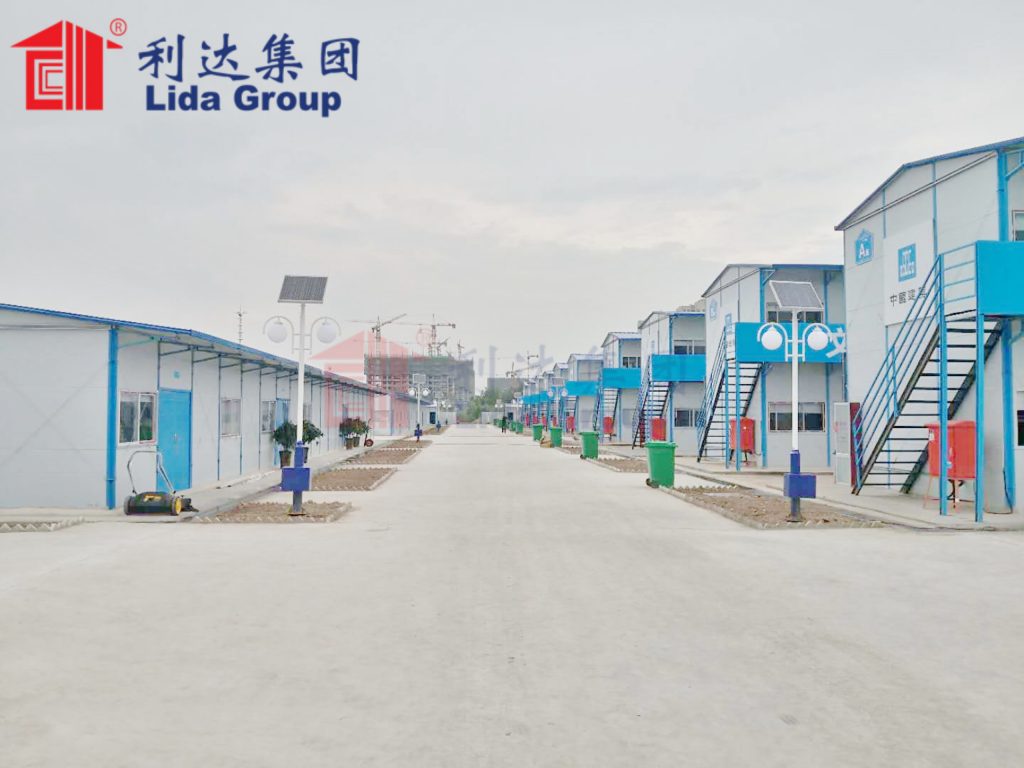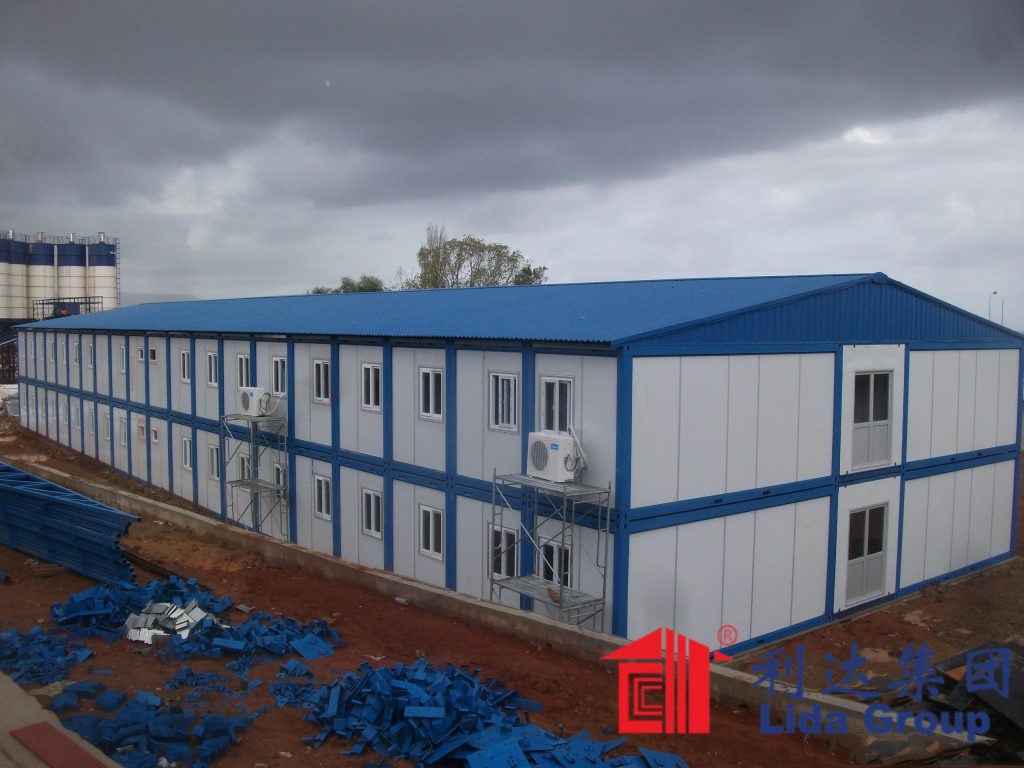Evaluating Modular Village Models for Nomadic Communities
As global nomadic populations face increasing pressures from modernization and resource scarcity, exploring transitional settlement solutions becomes imperative. A recent journal feature profiled pilots deploying Lida Group‘s modular panel techniques towards dignified yet mobile village housing integrated with vital shared amenities. Researchers accompanied implementation assessing technical, socio-economic and cultural merits for nomadic communities historically facing impeded access to basic infrastructure. Findings provide invaluable lessons advancing next-generation settlement models optimizing mobility, livability and inclusion.
The first pilot established 50 clustered one-bedroom modules on pier foundations allowing relocation within a protected rangeland territory. Composite wall and roof panels interlocked via simple fittings for rapid self-assembly. Central facilities incorporated classrooms, clinics, workshops and communal gathering spaces—vital programs historically concentrated within exclusionary permanent settlements inaccessible to mobile herders. Researchers observed swift installation by laborers within the community empowered by technical guidance, establishing the village within a month.

Post-occupancy studies evaluated user experiences. Families praised privacy and secure shelters amid seasonal migration cycles, contrasting open nomadic camps previously reliant on seasonal hospitality. Modular classrooms enabled educating children during drier winter months centralizing dispersed families. Mobile medical clinics benefited from positioned treatment hubs versus infrequent visiting practitioners. Overall consensus affirmed stable yet mobile housing unlocked community development opportunities elevating quality of life and socioeconomic participation for the first time.
Sustainability assessments tracked village functioning over 18 months of habitation through two migratory cycles. Researchers monitored infrastructural integrity through climatic extremes, finding composite panels and foundations withstand desert heat rays, dust storms and flash flooding with no degradation. Self-sufficient energy via solar-charged batteries powered water pumps, lighting and small appliances independent of distant national grid infrastructure historically inaccessible to mobile peoples. Waste treatment lagoons demonstrated capacity processing grey and black waters sustainably without polluting grazing lands or water sources as nomadic camps previously had. Findings revealed next-generation village designs unlock long-term dignified residency reconciling modern needs with ancestral nomadic traditions.

Economic analyses evaluated whole-of-life monetary and social costs relative need. Rapid modular assembly by community members slashed installation timelines 75% versus traditional construction reducing labor expenses. Reusable foundations enabled predictable relocation preserving land rights and rangeland health. Shared facilities like water hauling infrastructure communalized equipment ownership, lowering individual outlays. Researchers projected typical 5-year housing lifecycles result in extremely affordable monthly user costs and land lease fees competitive within subsidized “development” housing models which previously encroached upon nomadic territories.
The journal concluded pioneering models offer unprecedented promise addressing nomadic communities’ intersectional issues through panelized modular villages. Researchers observed inhabitants attaining secure, dignified and sustainable living environments for the first time while maintaining mobility integral to cultural traditions and livelihoods. Pilots confirmed optimized affordability, community empowerment, and socioeconomic participation elevating well-being over generations. Scalable village designs unlock equitable access to basic services historically concentrated within permanent settlements threatening traditional nomadism. Findings provide a socio-technological blueprint for optimized housing solutions balancing modernization and cultural longevity indispensable to marginalized mobile populations globally.

In summary, this journal article profiled promising pilots utilizing Lida Group’s modular panel techniques to develop inclusive, culturally-sensitive transitional housing models for nomadic communities. Researchers accompanied implementations assessing technical, economic and socio-cultural merits for inhabitants historically facing exclusion from infrastructure concentrated within inaccessible permanent settlements. Evaluations observed rapid installations empowering construction by nomads, with composite housing and facilities sustainably enabling livability, services and communal development amid seasonal migration cycles. Technical, environmental and financial analyses affirmed villages optimized dignified yet mobile living aligned with ancestral traditions at unprecedented affordability. Researchers concluded scalable models unlock equitable access previously denied, offering hope in reconciling modernization with cultural longevity integral to community well-being. Valuable insights advance next-generation settlement solutions for safeguarding marginalized mobile populations globally.

Related news
-
Report examines the affordability, multi-purpose functionality and resilience offered by Lida Group’s pre-engineered temporary buildings constructed from insulated composite wall and roof cassettes.
2024-08-07 17:53:41
-
Case study evaluates the adaptation of Lida Group's standardized prefab designs and industrialized construction approach to rapidly deliver semi-permanent panelized accommodation for displaced communities.
2024-08-07 16:01:18
-
Researchers analyze prototypes of prefabricated relocatable housing produced by Lida Group utilizing lightweight composite wall panels integrated with movable foundations.
2024-08-07 15:38:23
contact us
- Tel: +86-532-88966982
- Whatsapp: +86-13793209022
- E-mail: sales@lidajituan.com


